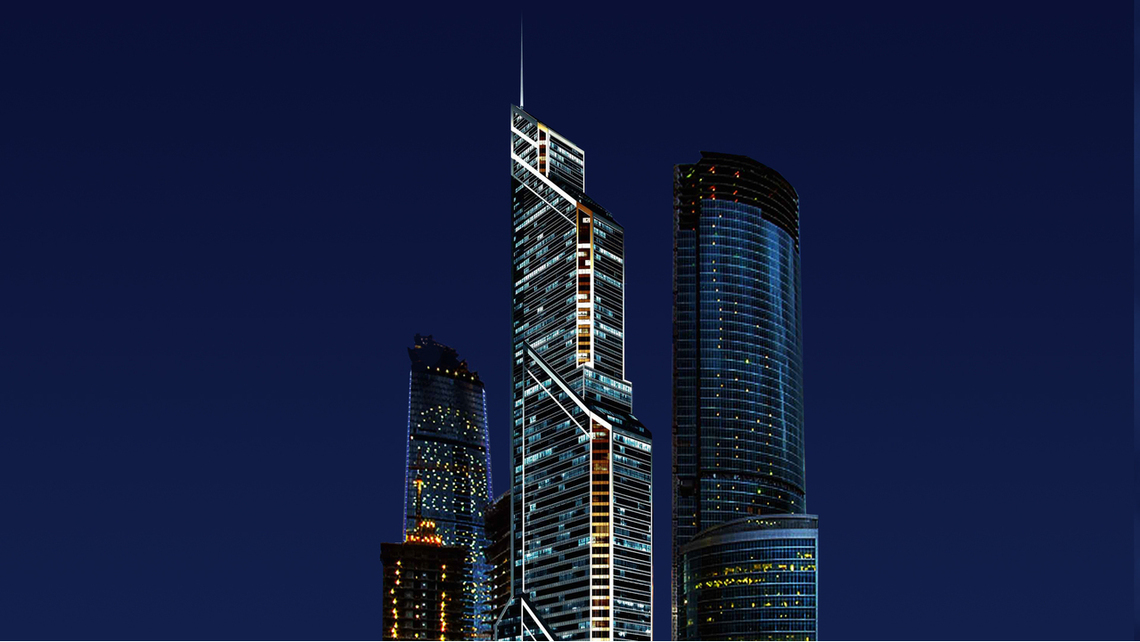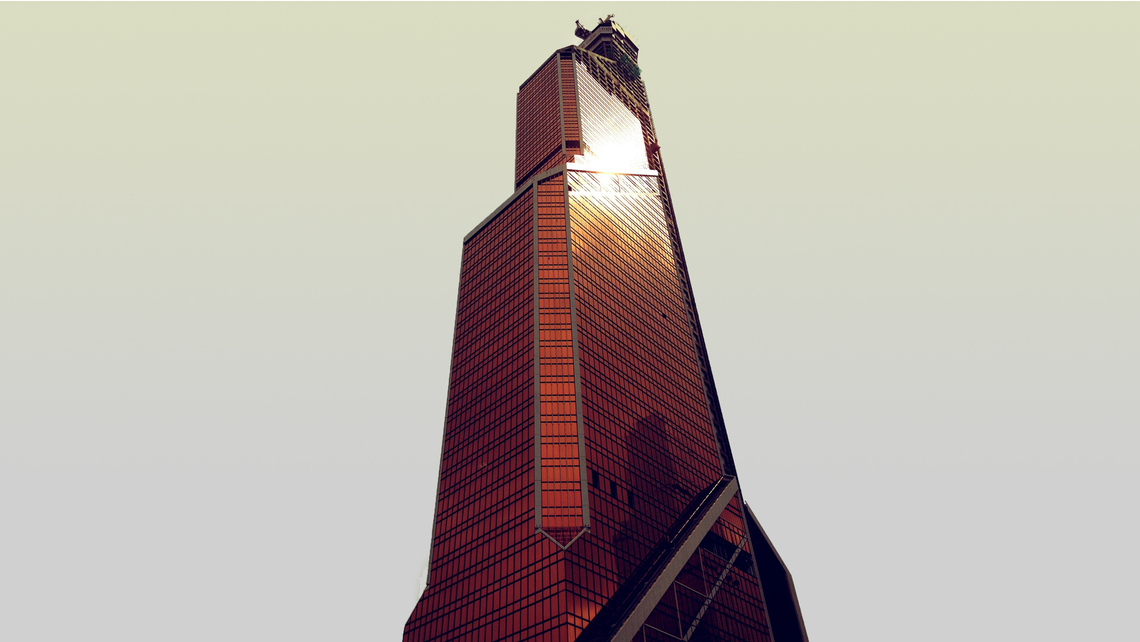Mercury City Tower

Photo: Schöck Bauteile GmbH

Photo: Schöck Bauteile GmbH

Photo: Schöck Bauteile GmbH

Photo: Schöck Bauteile GmbH

Photo: Schöck Bauteile GmbH

Photo: Schöck Bauteile GmbH
Some of Europe's most sophisticated buildings incorporate thermal break technology from Schöck, but the new Mercury City Tower in Moscow is to date possibly the most iconic, and certainly the tallest, to utilise the Isokorb® T.
Rising 327 metres above the Moscow skyline, the Mercury City Tower, is currently the highest building in Europe, beating London's Shard into second place by some 17 metres. This remarkable building is the centrepiece of a £7 billion International Business Centre development known as Moscow City, located about two and a half miles to the west of Red Square.
It is bult on a 150 acre site that used to be an old stone quarry area consisting of derelict factories and industrial complexes and will shortly become the first zone in Russia to combine business activity, living space and entertainment in one single development. Claimed to be the first truly environmentally-friendly building in Russia, it will house the offices of some of the world's leading companies; along with five-star hotels, luxury apartments, prestigious clubs, fitness centres, fashion boutiques – and even Moscow's largest concert hall will be relocated there – making it effectively a city within a city.
A key design feature of the building is the use of inclined planes at various levels of the structure, which support vertical posts on which the facade cleaning system is installed. To prevent any of the risks associated with thermal bridging, it is necessary to separate the vertical posts from the thermal contour of the building. The unusual shape, size and characteristics of Mercury City required careful planning and the design of a unique Isokorb® T insulation element; which in addition to its exceptional thermal performance requirements, also has to bear loads on two of the inclined planes.
2006
2012
M.M.Posokhin, Frank Williams and partners, G.L.Sirota
OSK Mosprojekt 2
LLC Rasen Stroy



